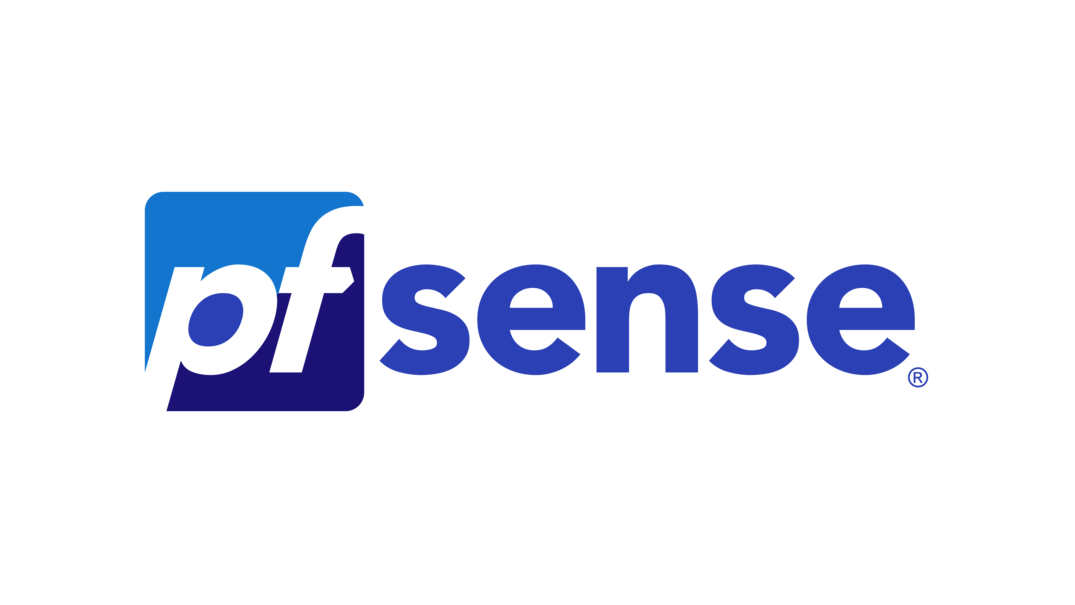
pfSense: Exploring the World’s Most Used Open Source Firewall
pfSense® is a widely acclaimed open-source firewall and router platform, renowned for its robust security features, flexibility, and cost-effectiveness. Developed by Netgate, pfSense is based on the FreeBSD operating system and is designed to be managed entirely through an intuitive web interface, eliminating the need for deep UNIX knowledge. ([pfsense.org][1])
—
### Origins and Evolution
The pfSense project commenced in 2004 as a fork of the m0n0wall project, aiming to provide a more versatile firewall solution. Its first release was in 2006, and since then, pfSense has evolved significantly, incorporating a wide array of features that rival and often surpass those of commercial firewalls. ([en.wikipedia.org][2], [pfsense.org][3])
—
### Key Features
**1. Advanced Firewall Capabilities:**
pfSense employs stateful packet inspection to monitor active connections and enforce security policies effectively. It supports features like NAT (Network Address Translation), port forwarding, and granular rule sets to control traffic flow. ([medium.com][4], [netgate.com][5])
**2. VPN Support:**
It offers extensive VPN capabilities, including support for IPsec, OpenVPN, and WireGuard protocols, facilitating secure remote access and site-to-site connections. ([medium.com][4])
**3. Intrusion Detection and Prevention:**
Through packages like Snort and Suricata, pfSense can detect and prevent network intrusions, enhancing the security posture of the network. ([netgate.com][5])
**4. Traffic Shaping and QoS:**
Administrators can prioritize critical network traffic, ensuring optimal performance for essential services and applications. ([medium.com][4])
**5. Captive Portal:**
pfSense includes a captive portal feature, allowing for user authentication before granting network access, commonly used in public Wi-Fi setups.
**6. Package Management:**
Its modular design enables the installation of additional packages, such as Squid for proxy services or pfBlockerNG for advanced filtering, allowing customization to meet specific network requirements.
—
### Deployment Flexibility
pfSense can be deployed on various hardware platforms, from dedicated appliances to virtual machines. Netgate offers pre-configured appliances optimized for pfSense, ensuring seamless integration and performance. ([en.wikipedia.org][2], [pfsense.org][1])
—
### Community and Support
The pfSense community is active and vibrant, providing extensive documentation, forums, and tutorials to assist users. For organizations requiring professional support, Netgate offers commercial support services, including consulting and training. ([de.wikipedia.org][6])
—
### Conclusion
pfSense stands out as a powerful, flexible, and cost-effective solution for network security and management. Its comprehensive feature set, coupled with an active community and professional support options, makes it an excellent choice for individuals and organizations seeking robust network protection without the high costs associated with proprietary solutions.
—
For more information and to download pfSense, visit the [official website](https://www.pfsense.org/).
[1]: https://www.pfsense.org/?utm_source=chatgpt.com “pfSense® – World’s Most Trusted Open Source Firewall”
[2]: https://en.wikipedia.org/wiki/PfSense?utm_source=chatgpt.com “pfSense – Wikipedia”
[3]: https://www.pfsense.org/getting-started/?utm_source=chatgpt.com “Getting Started With pfSense Software”
[4]: https://medium.com/%40fahriiyesill/unleashing-the-power-of-pfsense-an-open-source-network-security-platform-b107f5d9d08f?utm_source=chatgpt.com “Unleashing the Power of pfSense: An Open-Source Network …”
[5]: https://www.netgate.com/pfsense-features?utm_source=chatgpt.com “pfSense Plus Features – Netgate”
[6]: https://de.wikipedia.org/wiki/OPNsense?utm_source=chatgpt.com “OPNsense”